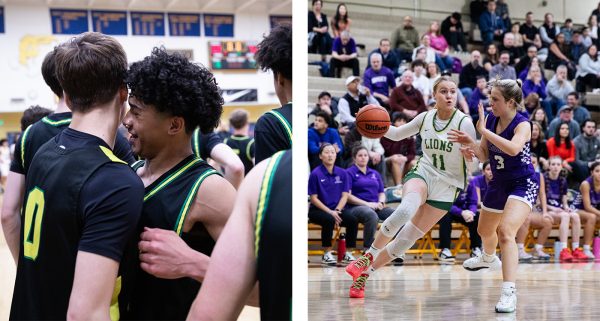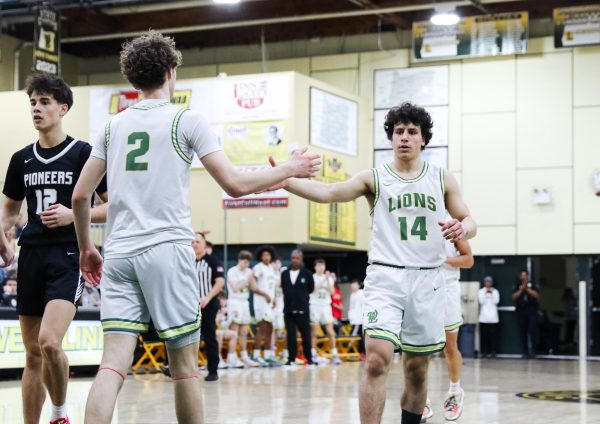Education, research required to combat concussions
This year, the school got brand new equipment, like this shiny football helmet.
“Concussions is one of these pack journalism issues, frankly. There’s no increase in concussions. The number is relatively small. The problem is, it is a journalist issue.” This quote by former NFL commissioner Paul Tagliabue simply goes against the facts and is more than just a journalism problem. High school football is consistently shown in studies to be the sport with the greatest proportion of concussions (47.1%) and the highest concussion rate. At least one player sustains a mild concussion in nearly every American football game. According to research by The New York Times, there are approximately 67,000 diagnosed concussions in high school football every year.
A myth about concussion prevention is, helmets are worn solely to prevent concussions. According to research done by students at Penn State, helmets are actually just to prevent skull fractures, not concussions. Mouth guards are very important to preventing concussions, the mouth guard takes away some of the jolt of being hit the impact goes to your mouthguard. Overall with gear the most important part is that it fits correctly, if helmets or any other piece of equipment do not properly, the risk of concussion is much higher.
After multiple concussions, freshman Mathesen Marth has had to stop playing sports.
“After my third concussion,” Marth said, “I was not banned from playing softball but they highly recommended I stopped playing softball because if I sustained another concussion it could cause long term brain damage.” If she were to continue playing softball she would be required to wear extra gear to help prevent another concussion.
Trainers and doctors help keep students safe on the field of play.
“We do a couple things in the beginning of the season in the clearance paperwork that every kid has to do before they are able to participate in a sport,” athletic trainer Becca Feuerherd said. According Feurherd, the school sees 30 to 40 concussions each year.
“A major part of it is education on the part of coaches education in terms of how they’re structuring practice,” Feurherd said. “Most concussions happen in practice, because they are practicing every single day. There’s also a component of education in terms of, communicating to the athletes what the signs and symptoms of concussions.”
Preventing concussions still requires more research, but schools and researchers are educating coaches and athletes on how to deal with concussions to keep athletes safe.
Your donation will support the student journalists of West Linn High School. Your contribution will allow us to continue to produce quality content by purchasing equipment, software, and continuing to host our website on School Newspapers Online (SNO).

“I love watching sports almost as much as I love to play sports,” Orion Forest, junior, said. “I have always been interested in sports journalism...


























![Game, set, and match. Corbin Atchley, sophomore, high fives Sanam Sidhu, freshman, after a rally with other club members. “I just joined [the club],” Sidhu said. “[I heard about it] on Instagram, they always post about it, I’ve been wanting to come. My parents used to play [net sports] too and they taught us, and then I learned from my brother.”](https://wlhsnow.com/wp-content/uploads/2024/03/MG_7715-2-1200x800.jpg)





![The teams prepare to start another play with just a few minutes left in the first half. The Lions were in the lead at halftime with a score of 27-0. At half time, the team went back to the locker rooms. “[We ate] orange slices,” Malos said. “[Then] our team came out and got the win.”](https://wlhsnow.com/wp-content/uploads/2023/10/IMG_2385-1200x800.jpg)





![At the bottom of the third inning, the Lions are still scoreless. Rowe stands at home plate, preparing to bat, while Vandenbrink stands off to the side as the next batter up. Despite having the bases loaded, the team was unable to score any runs. “It’s just the beginning of the season. We’re just going to be playing out best by June, [and] that’s where champions are,” Rowe said.](https://wlhsnow.com/wp-content/uploads/2024/03/IMG_3077-1200x900.jpg)








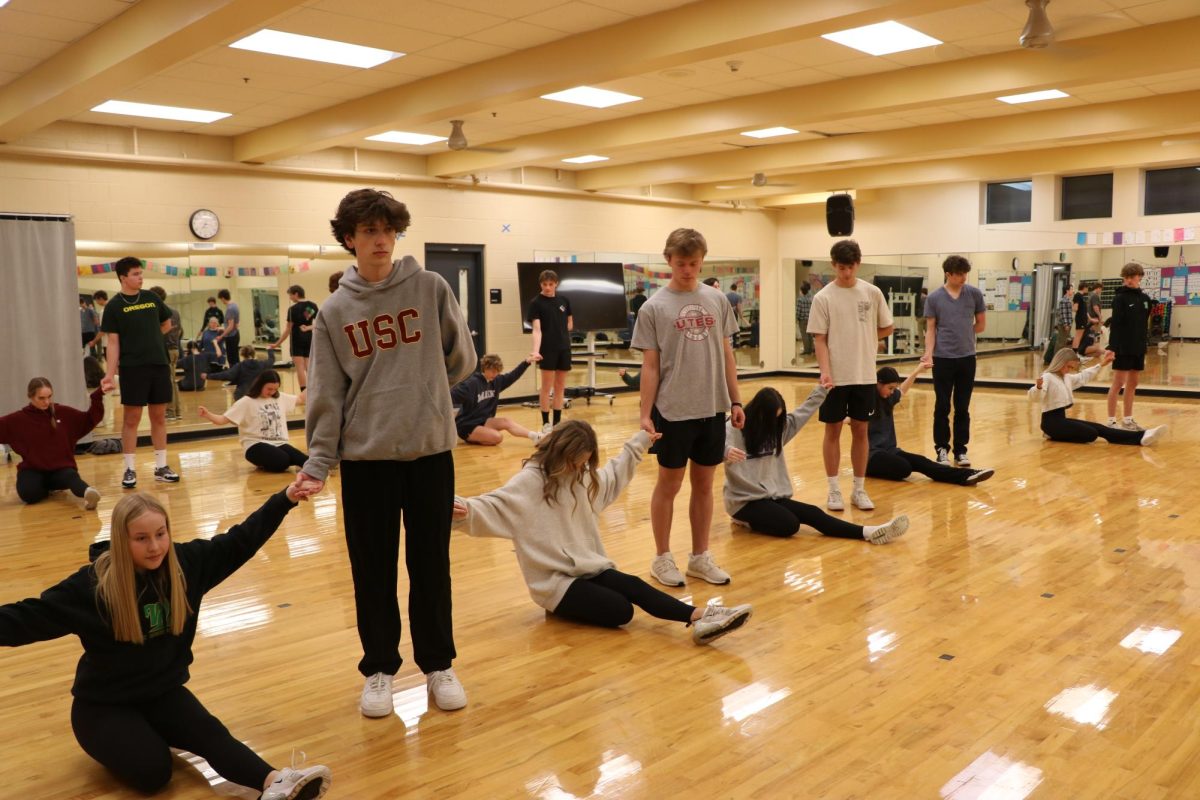


























































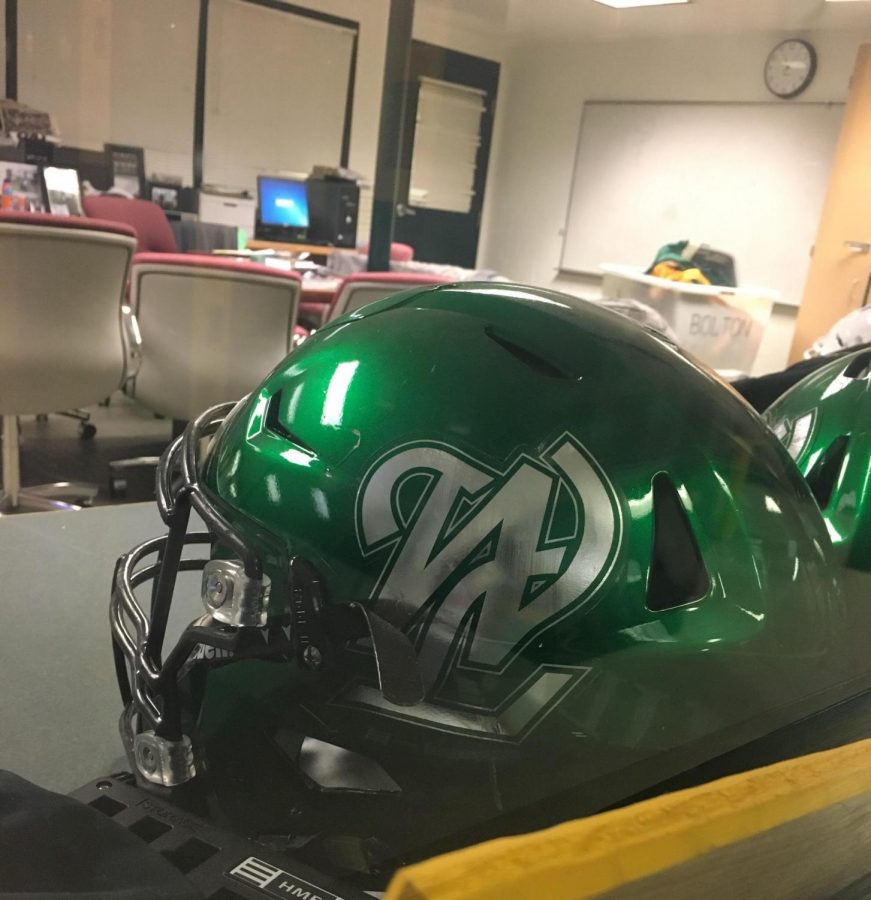

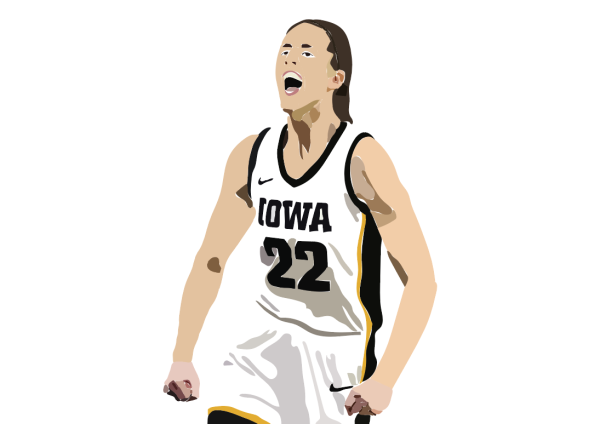

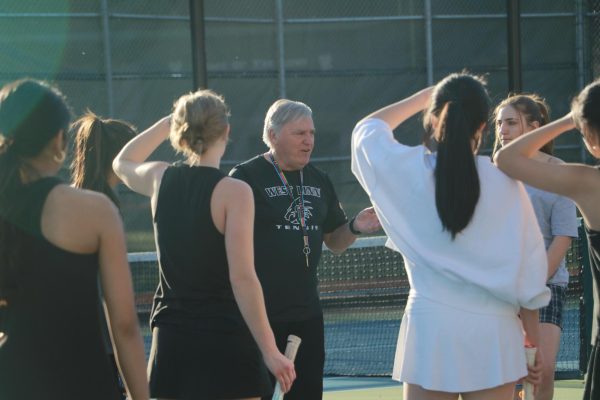
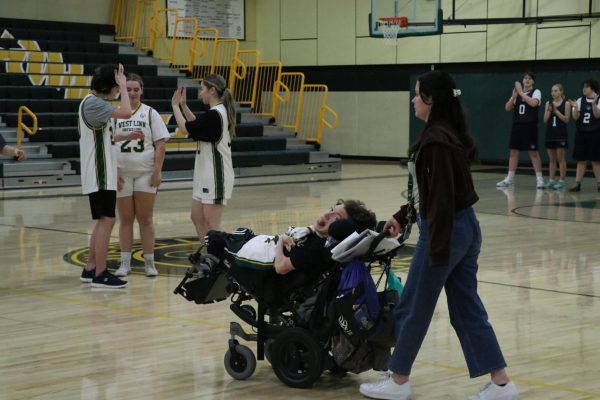
![Game, set, and match. Corbin Atchley, sophomore, high fives Sanam Sidhu, freshman, after a rally with other club members. “I just joined [the club],” Sidhu said. “[I heard about it] on Instagram, they always post about it, I’ve been wanting to come. My parents used to play [net sports] too and they taught us, and then I learned from my brother.”](https://wlhsnow.com/wp-content/uploads/2024/03/MG_7715-2-600x400.jpg)
![At the bottom of the third inning, the Lions are still scoreless. Rowe stands at home plate, preparing to bat, while Vandenbrink stands off to the side as the next batter up. Despite having the bases loaded, the team was unable to score any runs. “It’s just the beginning of the season. We’re just going to be playing out best by June, [and] that’s where champions are,” Rowe said.](https://wlhsnow.com/wp-content/uploads/2024/03/IMG_3077-600x450.jpg)

